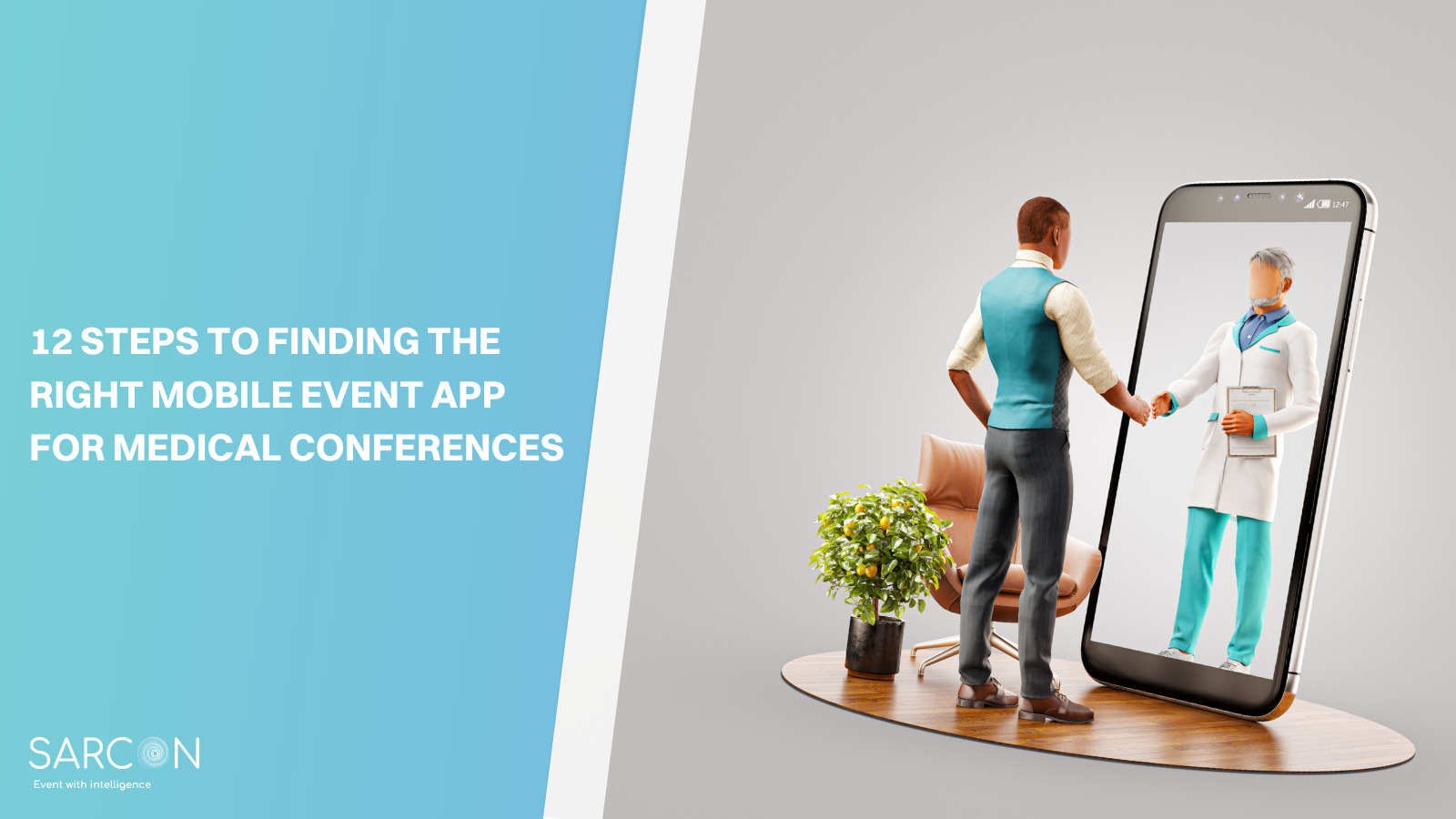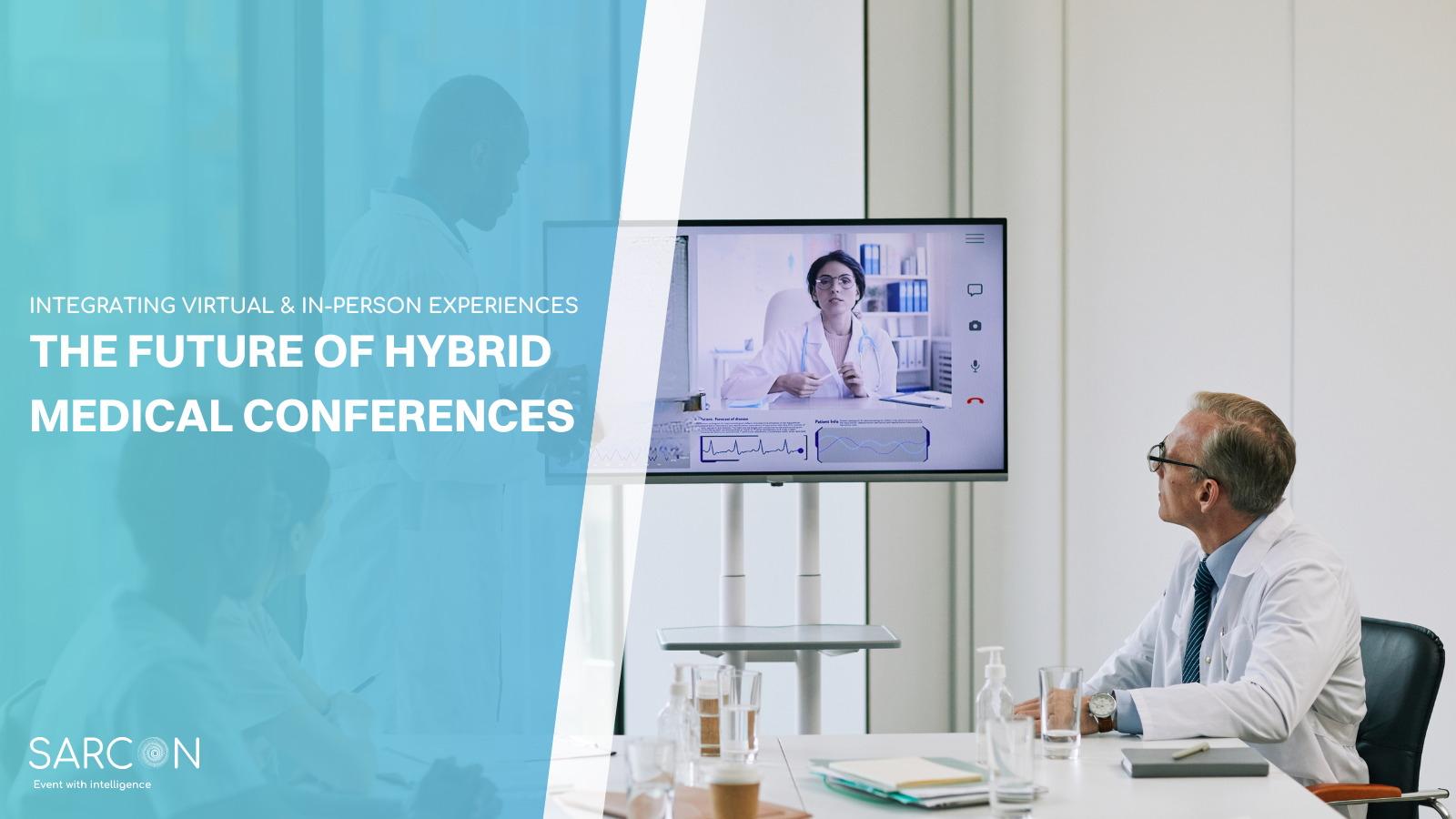In an era defined by environmental consciousness, the medical industry is making significant strides in reducing its ecological footprint. The transition from traditional conferences to paperless medical conferences is a commendable step that not only reduces waste but also improves the efficiency of medical events. In this comprehensive guide, we will delve deep into the world of “Paperless Conferences: A Sustainable Approach to Medical Events.” We’ll explore the various facets of this green initiative, from its advantages to the technology behind it, and offer tips on how to make your medical events more environmentally friendly.
The Green Revolution Begins
The shift from traditional to paperless conferences represents a remarkable leap towards environmental sustainability. This revolutionary approach is gaining traction in the medical sector due to its numerous advantages.
Advantages of Paperless Medical Conferences
- Cost-Effective: Paperless conferences are an economically sound choice. By eliminating the need for extensive printing and distribution, they significantly reduce the associated costs.Traditional conferences involve expenses related to designing, printing, and distributing materials such as brochures, schedules, and handouts. Paperless conferences eliminate these costs entirely. This results in more budget-friendly events, making them accessible to a wider audience.
- Eco-Friendly: The environmental benefits of paperless conferences are substantial. By eliminating the vast amount of paper waste generated by traditional events, paperless conferences contribute to a cleaner and greener environment.The paper production process consumes considerable resources, including water and energy. Furthermore, it produces greenhouse gas emissions. By opting for paperless conferences, you are actively participating in the reduction of these environmental impacts.
- Accessibility: Paperless conferences offer unparalleled accessibility. Attendees can access conference materials and resources from any device, anywhere in the world.Traditional conferences rely on physical materials that can be cumbersome to carry and easy to lose. Paperless conferences provide the convenience of accessing all necessary documents and information through digital means. This accessibility enhances the overall conference experience and makes it more inclusive for remote attendees.
- Real-Time Updates: One of the key advantages of paperless conferences is the ability to make real-time updates to information and resources.In traditional conferences, if there are changes to schedules or materials, attendees may not be promptly informed. With paperless conferences, updates can be made instantaneously, ensuring that all participants have access to the most current and accurate information. This feature enhances the quality of the conference and reduces potential confusion.
- Enhanced Engagement: Paperless conferences offer interactive features that engage participants and enhance the overall experience.Through the use of mobile apps, online polls, and virtual reality, paperless conferences provide a dynamic and engaging environment. Attendees can actively participate, ask questions, and provide feedback, creating a more interactive and engaging experience.
The Technology Behind Paperless Conferences
To execute successful paperless conferences, it’s crucial to understand the technology that powers them.
Innovative Solutions
- Mobile Apps: Dedicated event apps provide access to schedules, speaker bios, and more.Mobile apps specifically designed for conferences offer a central hub for all event-related information. Attendees can access schedules, speaker biographies, and other essential details right from their smartphones or tablets. This eliminates the need for printed programs and makes navigation through the event more efficient.
- Virtual CME Conference: Platforms Like Sarcon, offer almost 80+ tools you need for a Virtual CME Conference. This includes tools for abstract management, jury review management, ticketing and registration, QR Coded Badge Designing and even Certificate Mangement. This is provides a more comprehensive and sustainable option for organizers.
- Cloud Storage: Storing documents and resources in the cloud ensures easy access for all.Cloud storage solutions, such as Google Drive or Dropbox, allow conference organizers to share materials with attendees seamlessly. Attendees can access these documents in real-time from any location, reducing the need for printed handouts and materials.
- QR Codes: QR codes are used for quick information retrieval and access to event materials.QR codes are an excellent tool for instant access to information. Attendees can scan QR codes displayed at the conference to access specific documents, websites, or additional resources, reducing the need for printed materials.
- Live Streaming: Real-time streaming allows remote participants to feel part of the event.Live streaming enables remote attendees to participate actively in the conference. They can view sessions, engage with speakers, and even ask questions in real-time. This feature expands the reach of the event and encourages a more inclusive environment.
Making Your Medical Event Greener
Are you ready to embrace paperless conferences at your medical event? Here’s how you can do it.
Tips for Eco-Friendly Medical Events
- Utilize Event Apps: Create a dedicated event app for CME conference to reduce paper usage.Developing a custom event app allows you to centralize all conference-related information. Attendees can access schedules, speaker profiles, and session details directly from their mobile devices, eliminating the need for printed materials.
- Digital Handouts: Provide digital copies of handouts and materials to attendees.Instead of printing handouts, consider creating digital versions that can be easily accessed by attendees. This reduces paper waste and simplifies the dissemination of information.
- Charging Stations: Set up charging stations for attendees to power their devices.With attendees relying on digital devices, it’s essential to have charging stations available. This ensures that participants can keep their devices charged and readily access conference materials.
- Reduce Printing: Minimize printed materials like brochures and schedules.The fewer printed materials you produce, the more environmentally friendly your event becomes. Encourage attendees to access information digitally and opt for minimal printed resources.
- Green Catering: Opt for sustainable catering options to minimize waste.The food and beverages served at your conference can also contribute to sustainability. Choose catering options that minimize waste, such as using biodegradable containers and serving local and organic foods.
Conclusion
The adoption of paperless conferences in the medical industry represents a sustainable and forward-thinking approach. It offers a plethora of advantages, embraces cutting-edge technology, and contributes to a greener planet. By following our tips, you can make your medical events more environmentally friendly and cost-effective. Join the eco-friendly revolution and lead the way towards a healthier future for medical conferences.
FAQs
Can paperless conferences save money for medical events?
Yes, paperless conferences can significantly reduce costs by eliminating expenses related to printing and distributing physical materials.
Are paperless conferences more accessible for attendees?
Absolutely, as attendees can access conference materials from anywhere, making the events more inclusive and convenient.
What technology is essential for a successful paperless conference?
Key technologies include dedicated event apps, virtual reality, cloud storage, QR codes, and live streaming.
How can I ensure a smooth transition to paperless conferences for my medical event?
To transition smoothly, create a dedicated event app, offer digital handouts, provide charging stations, reduce printed materials, and choose sustainable catering options.
What are the long-term benefits of embracing paperless conferences in the medical industry?
Long-term benefits include cost savings, environmental preservation, enhanced accessibility, real-time updates, and increased attendee engagement.



